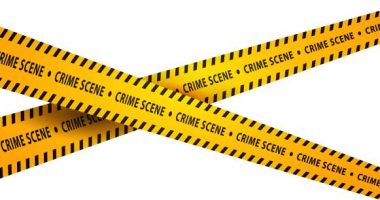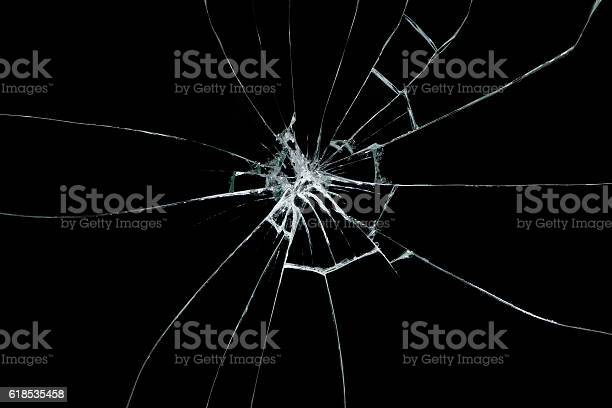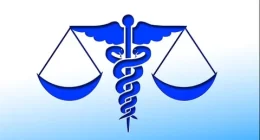Introduction
Reconstruction of crime scene is a process which determines the events/ actions occurred at the crime scene. The basis of the crime scene reconstruction is the location and position of the physical evidence, the analysis of the crime scene pattern and the laboratory examination of the physical evidence.
Besides, scientific scene analysis, interpretation of the scene pattern evidence and laboratory examination of physical evidence Reconstruction also involves systematic study of related information and thus the logical formulation of a theory.
It also can be described as procedure a puzzle without knowing what the image is meant to seem as if like. The more pieces you’ve got, the more clearly you see the image.
It is the work of a criminal offense scene Reconstructionist to seek out the pieces and put them together.
The crime scene Reconstructionist seeks to determine:
·What happened?
·How did it happen?
·Where did it happen?
·Why did it happen?
·When did it happen?
·Who was involved?
Importance of Crime Scene Reconstruction
Reconstruction is partly based on the scientific experimentation and partly on past experiences. Logic, careful observation, both in crime scene investigation and forensic examination of physical evidence, are necessary for correct interpretation, analysis and crime scene reconstruction.
- Crime scene reconstruction is usually helpful to determine the overall imagination of a crime by limiting the chances that the probabilities resulted within the crime scene or the physical evidence as encountered.
- The crime scene is also reconstructed to maintain the integrity of a crime scene.
- Reconstruction is based on the ability to look at the observations at the scene, the scientific ability to seem at the physical evidence, and therefore the utilization of logical approaches to theory formulations.
Crime scene reconstruction is conducted in three stages:
1. Investigation: the crime scene is examined and documented to determine what
evidence is present without consideration to the actual meaning of any of the
evidence.
2. Analysis: individual items of evidence, or groups of related evidence, are examined to determine their individual significance without reference to how those items fit into the overall reconstruction of the crime.
3. Reconstruction: all evidence, including testimonial and documentary evidence, is taken into consideration to figure out how the crime happens.
Stages in Reconstruction of crime scene
Reconstruction is considered a scientific fact-gathering process and usually consists of various actions that will help in reconstruction of crime scene. The following are the five separate stages commonly utilized in the method of reconstruction:
1 -Data collection: All information obtained from the crime scene, from the victim, or witnesses. Data which includes condition of the evidence, obvious patterns and impressions, condition of the victim and crime scene, etc., are step by step reviewed, organized, and studied.
2 -Conjecture: The sequence of events involved in the crime needs a possible elucidation and conjecture before any comprehensive investigation of the evidence is done, but it must not become the only explanation being considered at this stage. It is only a possibility. There could also be several more possible explanations, too.
3 -Hypothesis formulation: further addition of data is predicted on the examination of the physical evidence. It also involves the examination of the crime scene and assessment of the physical evidence.
Scene and evidence examination includes interpretation of bloodstain and impression patterns, gunshot patterns, fingerprint evidence, and analysis of trace evidence and other examination of trace evidences. This process results in the formulation of an informed guess on the probable course of events, a hypothesis.
4 -Testing: once a hypothesis is formulated, further testing must be done to verify or disprove the general interpretation or specific aspects of the hypothesis. This stage includes comparisons of samples collected at the scene with known standards, chemical, microscopical and other analyses and testing.
5 -Theory formation: the opposite information could even be acquired during the investigation about the condition of the victim or suspect, the activities of the individuals involved, accuracy of witness accounts. When it’s been thoroughly tested and verified by analysis, it can be considered a plausible theory.
Types of Reconstruction
There are many types of reconstruction. It depends on the nature of the crime, the types of events that have taken place, the questions needing to be answered and a reconstruction that is based on the depth of involvement of the reconstructionist. Below is a general classification of types of reconstruction in detail.
Classifications of Reconstruction Types
A. Specific type of incident reconstruction:
1. Accident reconstruction
- Other transportation accident reconstruction: trains, airplanes, road accidents, etc.
- Traffic accident reconstruction: automobiles, trucks, motorcycles, etc.
- Specific crime reconstruction:
- Arson scene reconstruction
- White-collar crime reconstruction
- Homicide reconstruction
- Rape case reconstruction
B. Specific events reconstruction
- Sequence determination
- Directional determination
- Position determination
- Relational determination
- Conditional determination
- Identity determination
C. Degree of involvement reconstruction
- Total case reconstruction
- Partial case reconstruction
- Limited event reconstruction
- Specific pattern reconstruction
D. Specific type of physical evidence reconstruction
- Pattern evidence
- Shooting investigation evidence
- Serological evidence
Do’s And Don’ts while writing a reconstruction report
A reconstruction report must be:-- Reviewed and signed by two examiners.
- Determine what materials were reviewed and used as a basis for the report.
- Accurate agreement with notes taken during the review and reconstruction process.
- Do not interject or rely on un-validated information.
- Clearly declare any relevant facts or circumstances not known to you.
for more forensic updates, subscribe to our blog.








